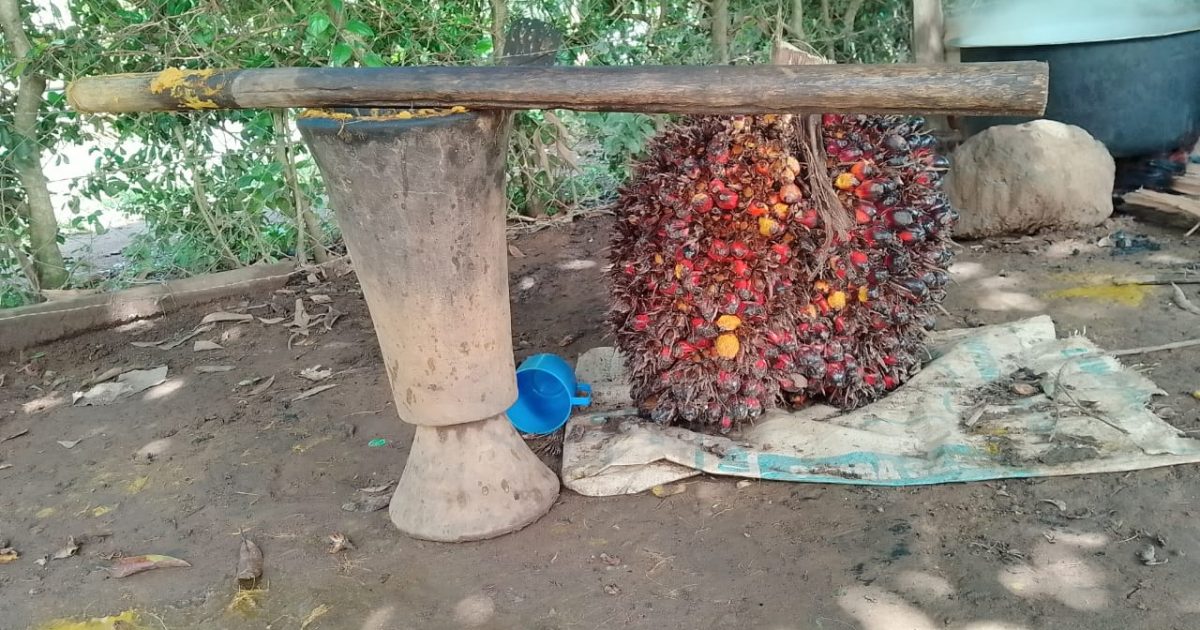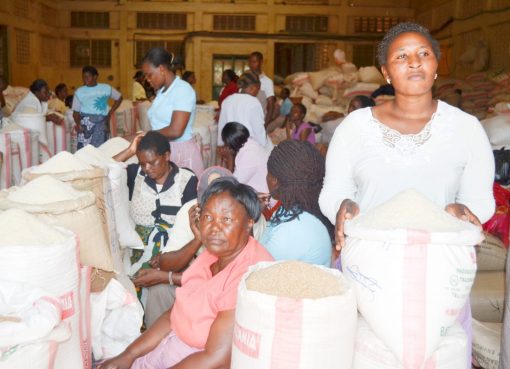Victor Otieno, a retired teacher in Asango village, Ugunja sub-county in Siaya, is reaping the rewards of pioneering the cultivation of palm oil trees in the county.
He says he settled on this venture after trying out various other crops which ended up not profitable in farms despite having substantial demand.
Having identified a gap in affordable locally produced edible oils in the region and consumers having to buy expensive alternatives currently available in the markets such as corn oil and sunflower oils, he decided to have a go at commercially producing palm oil in his small half-acre farm which also accommodates his modest house.
With prior knowledge from his research, Victor established that the local climate, soil type, and drainage were ideal for the cultivation of palm trees that produce palm oil, and the trees if well cared for could grow without any hindrances.
Otieno started cultivating palm oil trees in 2016 with only 20 seedlings he bought from KALRO Busia and began his journey into edible oil production.
He tends to the trees that have now become his main source of livelihood with much dedication and care, from watering to pest control and even nurturing the trees to ensure maximum production at harvest.
Birds and cows are among his biggest headaches, citing that the palm oil tree is loved by these animals for its fruits and leaves.
The trees take three and a half years to mature and begin flowering and can continue for 35 years, a single tree produces about seven bunches of clustered fruits which once ripe can be processed for extraction of their oil content.
Soaps woven baskets are among the byproducts of the tree aside from oils they produce and Victor adds that palm oil is classified amongst the healthiest edible oils owing to its benefits such as preventing vitamin A deficiency, cancer, brain disease, aging; and treating malaria, high blood pressure, high cholesterol, and cyanide poisoning and its naturally low cholesterol content.
From the seven bunches each tree produces at harvesting, Otieno extracts three liters of palm oil from each bunch totaling about 21 liters of oil per tree, with the cycle of harvest taking place every three months.
Otieno praises his palm oil venture adding that it is much more profitable compared to other agricultural ventures especially those practiced around his locality such as maize and millet with a liter fetching him Sh270-315, but attributes the low uptake of more profitable alternatives amongst the local farmers to lack of knowledge.
“Once the local farmers learn of the benefits of this tree they will be capable of transforming their lives, and so I would like to urge others to take up this tree and reap its benefits just as I have,” says the retired teacher.
Otieno’s venture has seen him garner buyers for his palm oil from far and wide, with some coming from as far as Nairobi, and Kisumu, and some within Siaya. He adds that the demand for palm oil is high but buyers do not know where to source for the much sought-after palm oil.
“We have room for expansion and more growth to meet the soaring demand but we need more farmers to take up palm oil cultivation,” says Otieno, adding that on one acre of land, he can cultivate up to 75 trees enough to produce 1,575 liters per harvest.
He hopes to acquire more land in the future to expand his farm and also begin offering assistance and teaching other farmers who want to take up the cultivation of palm oil trees within his locality.
By Calvin Otieno





